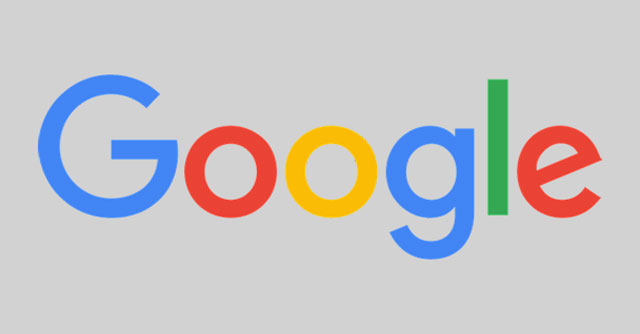
Four ways Google is integrating generative AI in its products


Generative artificial intelligence has gained momentum in the last few months, especially after the launch of OpenAI’s ChatGPT. By virtue of its continued partnership with the AI research firm, Microsoft has leveraged ChatGPT and other advanced models to launch products like the Bing AI search, among others.
Not to be left behind, Google has developed its own range of generative AI models and tools that it is slowly integrating into its products. Some of the most popular ones are as follows:
Bard

Bard is Google’s generative AI-based chatbot, considered a rival to OpenAI’s ChatGPT. Bard is based on the lightweight and optimised version of Google’s Language Model for Dialogue Application (LaMDA) that was introduced in May 2021.
Last month, when Google first unveiled Bard, it suffered a wipeout of $100 billion in Google parent Alphabet’s market value. This happened due to an erroneous response by Bard to a question during the demo. This month Google said that it is opening access to Bard as it sought public feedback to improve its system. Initially, the access is only limited to users in the US and UK; the big tech firm said that it will release the chatbot to other regions and languages in the coming time.
Today, Alphabet CEO Sundar Pichai, while responding to the criticism faced by the company’s AI chatbot said in an interview today with The New York Times that Bard will be upgraded soon with more capabilities.

Workspace Apps
Google has announced its plans to integrate generative AI features for its Workspace apps like Gmail, Google Docs, Slides, and Sheets. These features will allow users to draft emails and replies on Gmail; write, rewrite, and proofread in Docs; autogenerate images, audios, and even videos in Slides; use for auto-completion, formula generation, and contextual categorisation in Sheets; make notes and user new backgrounds in Meet.
As per yesterday’s 9to5 Google report, the company has begun public testing of generative AI tools in Gmail and Google Docs. A select group will be testing the features and sharing feedback with the company.

Google Cloud developer tools
On March 14, Google announced a range of products to infuse generative AI into its cloud offering. The company launched a cloud-based generative AI App Builder tool to help developers and enterprises to create conversational AI ready apps. It is a low code-no code platform, specifically for companies with limited machine learning skills and resources.
Google also unveiled Generative AI support in Vertex AI to offer data science teams access to the company’s foundational models like the Pathways Language Model (PaLM).

Google-Replit collaboration
This week, cloud software development platform announced a strategic partnership with Google Cloud which will allow developers to use Replit’s collaborative code editing platform to create and share applications online. Further, the partnership will allow Replit’s 20 million users access to Google’s infrastructure and foundational models for generative AI.
Google’s rival Microsoft owns the developer platform GitHub which recently announced the integration of OpenAI large multimodal model GPT-4 in Copilot. It is called Copilot X which adds a chat option to the existing code suggestion capabilities.

